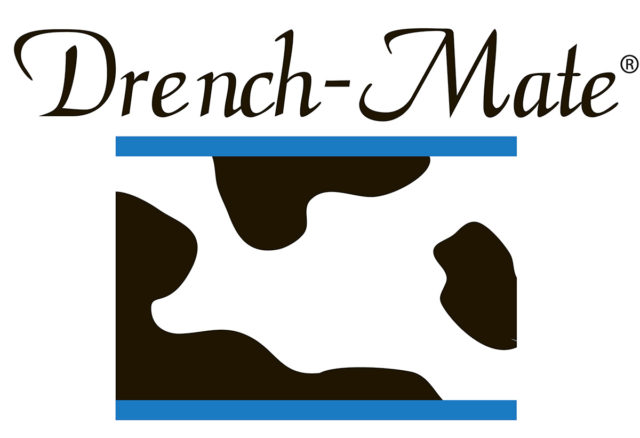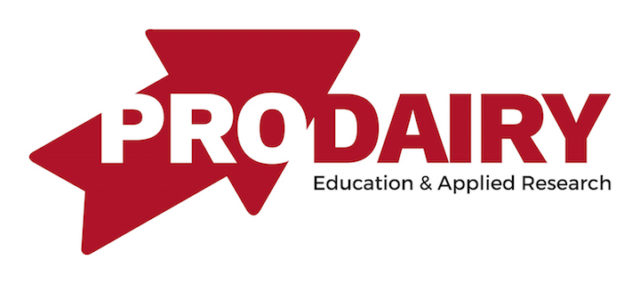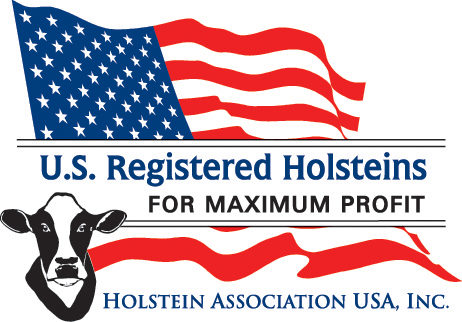Nearly 15 years ago, some of the country’s most recognized retailers and brands sought ways they could measure how well we care for our animals.
It was apparent some wanted a competitive advantage for their products by claiming their milk came from cows that were more humanely treated than the next company’s. And it was not just being pushed domestically. We saw a potential threat to our valued exports with some international businesses beginning to mandate how we cared for the animals that produced our milk.
What made this more worrisome is some of these companies were being misled by organizations with strong anti-animal agriculture views to help guide their assessments of our dairies. This included misrepresentation of U.S. dairy’s contributions to greenhouse gas emissions.
I cannot even begin to imagine the sort of chaos this system would have created and the division we would have experienced as farmers, not to mention the threat to dairy sales.
Farmers may bicker at times and have a difference of opinion, but when it comes to how we represent ourselves to our customers and the consumer, we must stand united. We must lean on the generations-long, science-backed proof that the work we do on our dairies is good for our cattle, people and the earth.
Thankfully, the FARM Program, which the National Milk Producers Federation manages and the National Dairy Checkoff promotes, has provided a framework of unity and standards that proves our animal care commitments and continuous improvements – and has expanded to do the same for our environmental stewardship and workforce development efforts.
Best of all, FARM has largely been accepted – and in many cases heralded – by retailers and brands as the credible industry standard. The potential disarray that once may have existed has been calmed.
More recently, we have seen growing interest and questions related to the environment. A new acronym from the work of the United Nations is upon us, and we are faced with additional challenges and opportunities brought about by Environmental, Social and Governance (ESG). This is a framework that helps stakeholders understand how an organization or industry, such as dairy, is managing risks and opportunities related to these criteria. Investors use it to guide their strategies. The companies that produce non-dairy alternatives have made ESG a key part of their marketing strategy too.
Checkoff engagement
I sometimes hear farmers ask why the checkoff is involved in efforts focused on animal care and sustainability. To me, the answer is simple: The checkoff, nationally and locally, has the unique ability to convene stakeholders and to be a unifying leader to most effectively promote the good work of farmers and the dairy community.
Much of this work happens through the Innovation Center for U.S. Dairy. This voluntary forum brings co-op and processor leaders together with farmers to respond to areas such as animal care, food safety, heath and well-being, the environment and community contributions. Most importantly, the center helps tell farmers’ story by demonstrating the environmental stewardship values and heritage that have been passed from generation to generation. The result is the power of a unified industry and voice.
The industry-wide 2050 Environmental Stewardship Goals were announced through the center and a key part is getting credit for the great work we have been doing for decades. But farmers also believe in continuous improvement – and to help us in that area, we have the U.S. Dairy Net Zero Initiative and FARM Environmental Stewardship. These are key endeavors that include us and our checkoff organizations, Newtrient and the U.S. Dairy Export Council, partnering with NMPF and International Dairy Foods Association to convene leading researchers and outside funding to help our farms be even better stewards of our natural resources.
It is understood that these practices must provide a financial return and incentive to make sense for us. As I often say, it is hard to be green when you are in the red. Sustainability and profitability must go hand in hand.
Through the leadership of the checkoff, FARM and our sustainability efforts, the dairy industry will be able to accurately define who we are and not leave it up to others to do that for us. We all understand there are others with opposing viewpoints who would like to do that, and once that narrative is out there, it is very difficult to shift.
The checkoff will continue its mission of growing sales and building trust, but that cannot happen without protecting farmers’ social license to operate. We are in arguably the most complex era of farming with the explosion of social media and the platforms it provides opponents of animal agriculture, not to mention the ever-widening gap between consumers and our farms.
Being in this space is a very wise and necessary investment of our checkoff dollars.
To learn more about your National Dairy Checkoff, visit US Dairy or send a request to join our Dairy Checkoff Farmer Group on Facebook. To reach us directly, send an email to Talk To The Checkoff.





